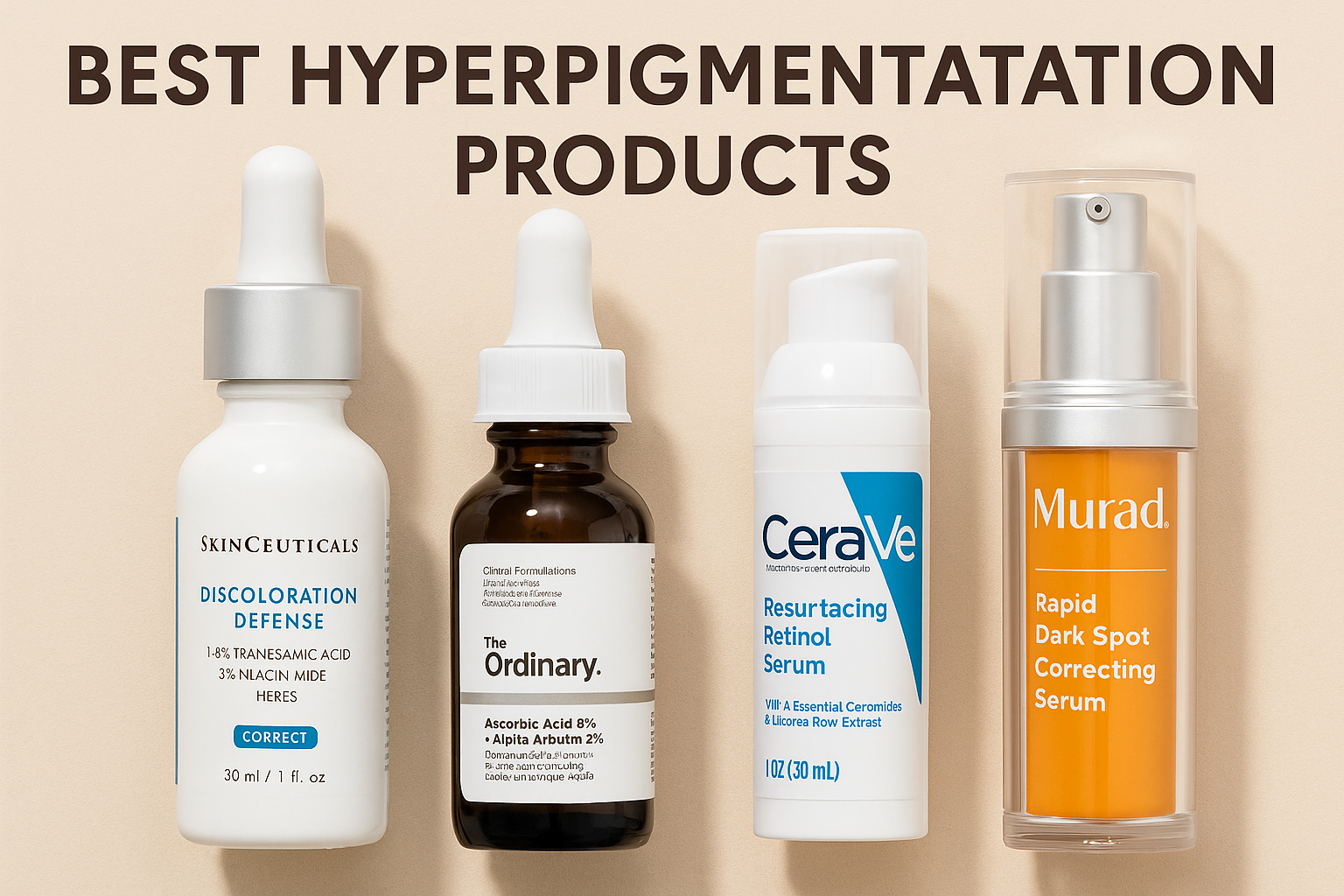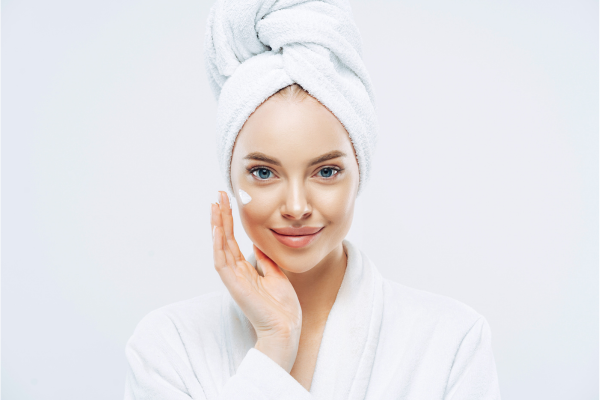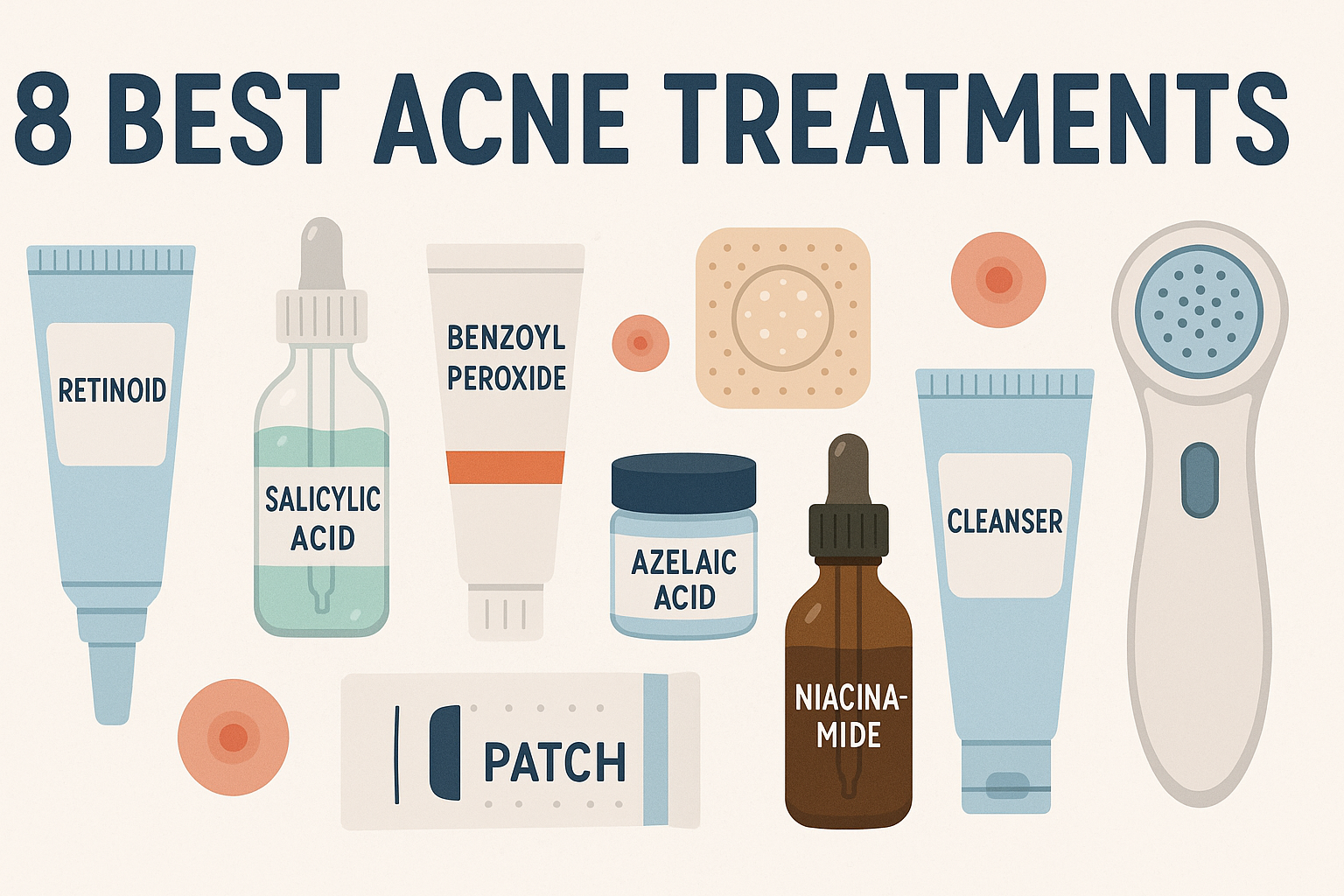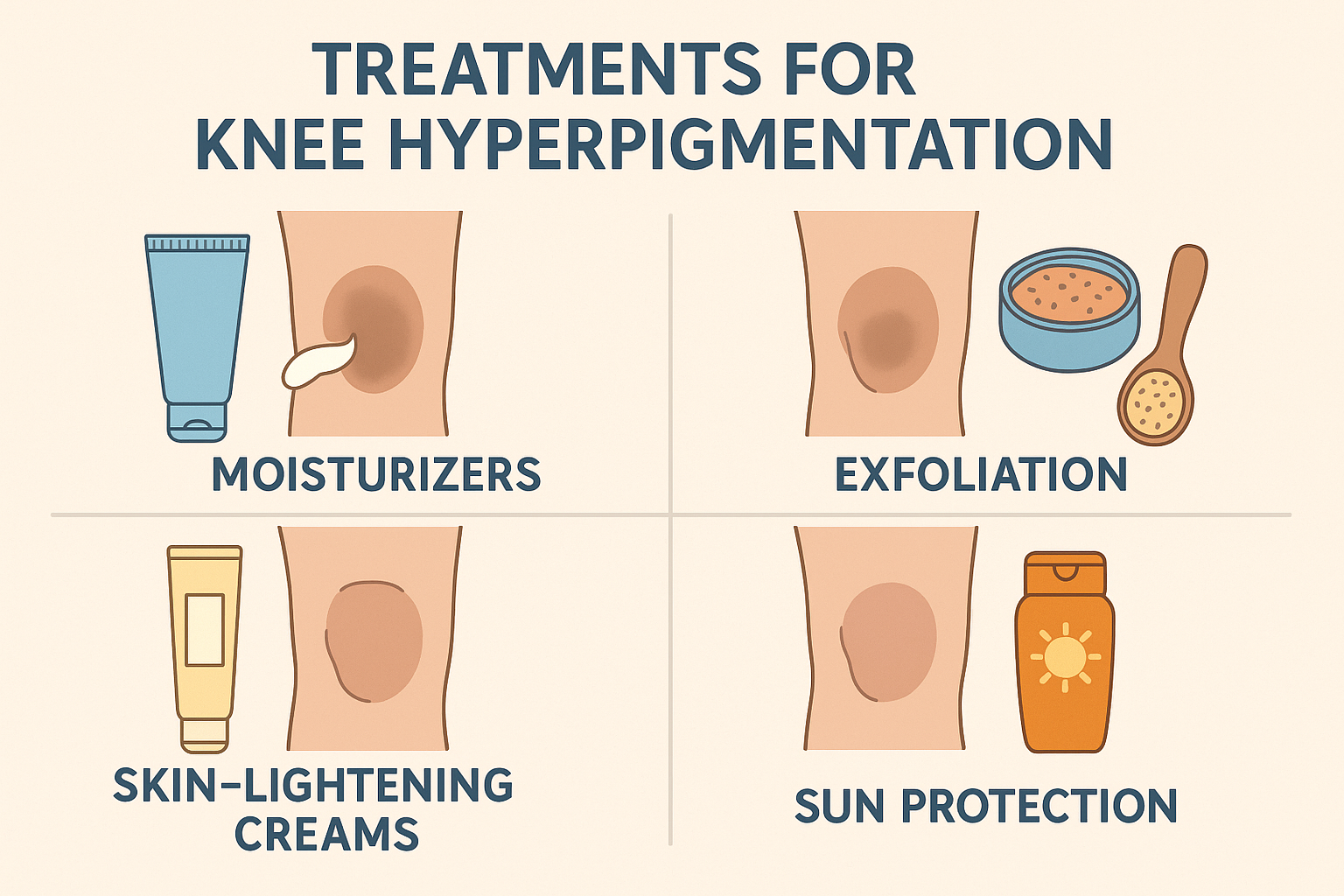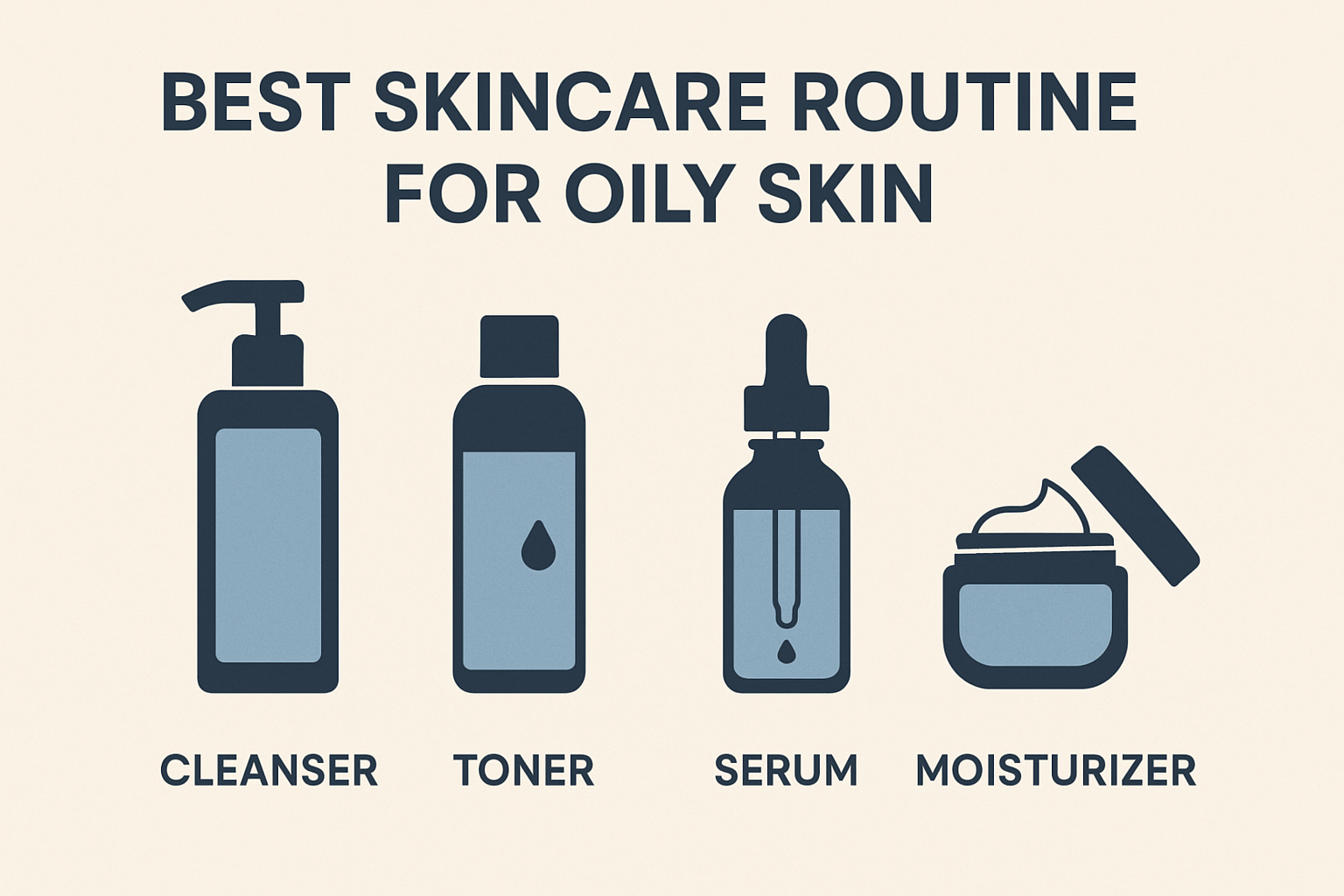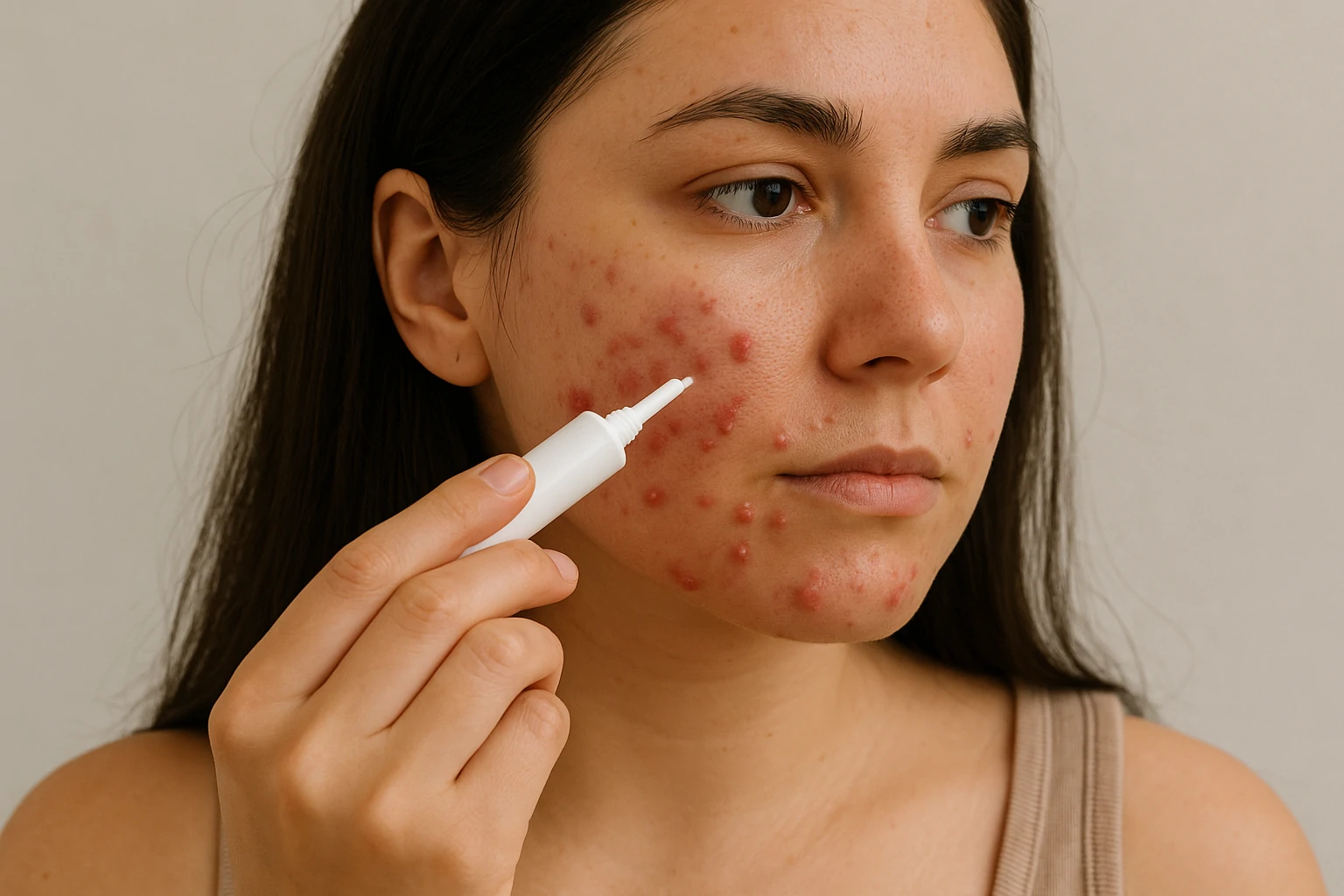Chin Hormonal Acne: Best Treatments from Dermatologists

Hormonal acne on the chin and jawline is often triggered by natural hormonal shifts—like during menstruation, pregnancy, or perimenopause. Unlike surface-level breakouts, chin acne is deeply rooted and usually more stubborn, because it stems from internal imbalances.
According to dermatologists, this type of acne doesn’t just go away with standard face washes. Instead, it requires a holistic approach that combines topical treatments with lifestyle adjustments. Gentle daily cleansing, consistent exfoliation, and avoiding inflammatory foods—like dairy—can make a big difference.
In moderate to severe cases, professionals may prescribe topical retinoids, antibiotics, or hormone-regulating medications.
Everyone’s skin is different, so results vary. That’s why consulting a board-certified dermatologist is essential for personalized treatment. Understanding the root cause of your breakouts can save you time, money, and frustration.
Want to take control of your chin acne? Let’s dive into the types, causes, and best prevention steps—so you can treat your skin smarter, not harder.
What Types of Acne Can You Get on Your Chin?
Chin acne comes in many forms—some are mild, others more painful and persistent. Knowing what type you’re dealing with can help you treat it effectively.
- Blackheads are small, dark spots caused by clogged pores. They’re open to air, which oxidizes the oil inside and makes them appear black. While not inflamed, they can make your skin look bumpy.[1Tan AU, Schlosser BJ, Paller AS. A review of diagnosis and treatment of acne in adult female patients. Int J Womens Dermatol. 2017;4(2):56-71. Published 2017 Dec 23. doi:10.1016/j.ijwd.2017.10.006.]
- Pustules are inflamed pimples filled with pus. They develop when oil, bacteria, and dead skin cells trigger an immune response inside your pores.[2Bagatin E, Freitas THP, Rivitti-Machado MC, et al. Adult female acne: a guide to clinical practice [published correction appears in An Bras Dermatol. 2019 Mar-Apr;94(2):255. Machado MCR [corrected to Rivitti-Machado MC]]. An Bras Dermatol. 2019;94(1):62-75. doi:10.1590/abd1806-4841.20198203.]
- Cystic acne forms deep beneath the skin’s surface. These painful, red bumps don’t always come to a head and often require medical treatment.[3Tan AU, Schlosser BJ, Paller AS. A review of diagnosis and treatment of acne in adult female patients. Int J Womens Dermatol. 2017;4(2):56-71. Published 2017 Dec 23. doi:10.1016/j.ijwd.2017.10.006.]
- Nodules are firm, under-the-skin lumps similar to cysts but without fluid. They’re more severe and usually need prescription-strength care.
Each type requires different attention. If over-the-counter products aren’t working, it might be time to seek professional help.
How to Prevent Hormonal Chin Acne Before It Starts
Prevention is key when it comes to chin acne—especially if your breakouts align with your menstrual cycle or stress levels.
- Cleanse consistently: Wash your face twice a day using a gentle, non-stripping cleanser. This removes oil, sweat, and makeup residue that can clog pores, especially after workouts.
- Reduce dairy intake: Studies suggest dairy may influence hormone levels, particularly testosterone, which triggers excess oil production. Cutting back on milk, cheese, and yogurt might improve hormonal breakouts.
- Exfoliate mindfully: Use a mild exfoliator once or twice a week to remove dead skin and keep pores clear. Overdoing it can irritate skin and make acne worse, so stick to dermatologist-approved formulas.
Consistency matters. A clean, simple routine tailored to your skin type can significantly reduce flare-ups.
Best Chin Acne Treatments Recommended by Dermatologists
Treating hormonal acne effectively means addressing it from the inside out. While over-the-counter products can help, they’re not always enough.
Topical treatments with ingredients like benzoyl peroxide, salicylic acid, or retinoids can reduce inflammation and speed up skin turnover. For deeper cystic or nodular acne, dermatologists often recommend oral medications.
If your acne flares before your period or doesn’t respond to topical solutions, it could be time to explore medical options—including hormone therapy or oral antibiotics.
Below, we explore two powerful strategies dermatologists use to manage stubborn chin breakouts.
1. Oral Medication: When to See a Doctor for Chin Acne
Hormonal changes, especially during your menstrual cycle, can increase oil production and shrink pores—creating the perfect storm for breakouts. Around a week before your period, estrogen drops while progesterone and testosterone rise. This hormonal shift fuels excess sebum and clogged pores.
If topical products aren’t helping, oral treatments may be necessary. Dermatologists often recommend:
- Oral contraceptives: Help regulate hormones and prevent breakouts.
- Spironolactone: Blocks androgen hormones that cause oily skin.
- Oral antibiotics: Target bacteria and reduce inflammation.
Board-certified dermatologist Dr. Whitney Bowe explains, “Hormonal acne isn’t something you can scrub away. If your breakouts are deep, painful, and recurrent, medication might be the most effective option.”
Don’t wait too long—early treatment can prevent long-term scarring and reduce acne severity over time.
2. Should You Quit Dairy to Clear Chin Acne?
If your chin acne flares consistently, your diet might be playing a bigger role than you think. One of the most debated triggers? Dairy.
Several studies and skin experts, including Dr. Sandra Lee (aka Dr. Pimple Popper), suggest dairy can increase testosterone and insulin-like growth factor (IGF-1), both of which may ramp up oil production and trigger breakouts.[4Juhl CR, Bergholdt HKM, Miller IM, Jemec GBE, Kanters JK, Ellervik C. Dairy intake and acne vulgaris: a systematic review and meta-analysis of 78,529 children, adolescents, and young adults. Nutrients. 2018;10(8):1049. doi:10.3390/nu10081049]
But switching to almond or soy milk isn’t always a fix. These milk alternatives can contain phytoestrogens, which mimic estrogen in the body and may still disrupt your hormonal balance if you’re already sensitive.[5Křížová L, Dadáková K, Kašparovská J, Kašparovský T. Isoflavones. Molecules. 2019;24(6):1076. doi:10.3390/molecules24061076]
The key? Eliminate dairy for 4–6 weeks and monitor changes in your skin. If improvement is noticeable, it could confirm dairy as a trigger. Still unsure? A consultation with a dermatologist or registered dietitian can guide your decisions more effectively.
3. Use a Retinoid
While retinoids are widely known for their anti-aging benefits, they’re also one of the most effective ingredients for treating hormonal chin acne. Dermatologists recommend retinoids because they accelerate skin cell turnover and help unclog pores—two key factors in preventing breakouts.
Over-the-counter options like Differin Gel (adapalene) offer prescription-level results without needing a doctor’s visit. Regular use can reduce inflammation, prevent new pimples, and even fade post-acne marks.
Even when your skin looks clear, staying consistent with retinoids can help maintain long-term skin balance and stop hormonal acne from coming back. Just remember: start slowly to minimize irritation, especially if you have sensitive skin.
Pair your retinoid with a broad-spectrum sunscreen every morning, as this ingredient can make your skin more sun-sensitive. With the right routine, retinoids can be your go-to solution for clear, resilient skin.
4. Gentle Exfoliation: A Must for Preventing Chin Breakouts
Exfoliation is one of the most effective ways to keep chin acne under control. It helps remove dead skin cells, oil, and bacteria that can clog pores and trigger breakouts.
Instead of harsh physical scrubs, dermatologists often recommend chemical exfoliants like salicylic acid (BHA) or alpha hydroxy acids (AHA). These ingredients penetrate deeply to clear out pores and smooth skin texture without excessive rubbing.
For most skin types, exfoliating 2–3 times a week is enough. Over-exfoliating can damage your skin barrier and lead to more breakouts—so less is more.
If you prefer physical exfoliators, choose products with fine, round particles and apply with gentle pressure. Alternatively, daily cleansers with mild exfoliating properties can offer a low-risk option for regular use.
Balanced exfoliation helps create a clean canvas, making your skincare products work more effectively and preventing future acne from forming.
5. DIY Spot Treatments: What Dermatologists Recommend
When a deep, painful pimple pops up, it’s tempting to pile on every product you own. But overdoing it can irritate your skin and make the breakout worse.
Instead, try creating a simple, dermatologist-approved spot treatment using ingredients that work together:
- Salicylic acid: Exfoliates inside the pore to unclog blockages.
- Benzoyl peroxide: Kills acne-causing bacteria.
- Hydrocortisone 1%: Soothes redness and inflammation.
Apply a small amount of each—ideally in alternating layers, not all at once—to the affected area. This combo can reduce swelling, speed up healing, and prevent new pimples from forming.
Important: avoid mixing too many active ingredients without guidance. If your skin becomes red or irritated, stop immediately. And when in doubt, check with a dermatologist for safe, effective treatment options tailored to your skin
6. Protect Your Breakouts with Hydrocolloid Patches
If you often touch or pick at your breakouts, hydrocolloid patches can be a skin-saving solution. These thin, sticky dressings act as a protective barrier, shielding inflamed skin from bacteria, dirt, and your fingers.
Hydrocolloid patches don’t treat deep cystic acne directly, but they’re incredibly helpful for surface pimples, especially whiteheads. They absorb excess oil and fluid, reduce swelling, and promote faster healing.
One of their biggest benefits? They stop you from picking—a common habit that can spread bacteria and worsen acne.
For best results, apply a patch to clean, dry skin before bed or whenever you’re makeup-free. Choose a size that fully covers the blemish and leave it on for several hours or overnight.
It’s a small step, but using patches consistently can support your overall acne treatment and reduce the risk of scarring.
7. Keep Your Skincare Routine Simple and Gentle
When dealing with hormonal chin acne, less is often more. Overloading your skin with too many products—especially active ingredients—can lead to irritation, inflammation, and even more breakouts.
Dermatologists recommend sticking to three essential steps: a gentle cleanser, a non-comedogenic moisturizer, and daily sunscreen. These basics help support your skin barrier without overwhelming it.
You can still use spot treatments or serums—but only as needed. Avoid layering too many actives (like acids and retinoids) at once, especially if your skin is already sensitive or inflamed.
Remember, consistency is more effective than complexity. By giving your skin space to heal naturally, you allow inflammation to settle and strengthen your skin’s resilience over time.
A simple, steady routine is not just easier to maintain—it also helps manage hormonal acne long-term while supporting healthier, calmer skin.
Skincare Ingredients to Avoid When You Have Hormonal Acne
Choosing the wrong skincare ingredients can do more harm than good—especially when you’re battling hormonal breakouts. Certain products may seem helpful but can actually worsen inflammation or disrupt your skin barrier.
Here are the top ingredients to avoid, according to dermatologists:
- Harsh physical scrubs: These can tear irritated skin and aggravate existing acne.
- High-alcohol content: Found in some toners, alcohol strips natural oils, leading to dryness and rebound oil production.
- Synthetic fragrance: Often added for scent but may trigger allergic reactions or irritation, especially in sensitive or acne-prone skin.
- Strong actives combined improperly: For example, using retinoids alongside AHA/BHA without medical supervision may lead to over-exfoliation and barrier damage.
If your skin is flaring up, simplify your routine. Focus on hydration, repair, and using gentle, non-comedogenic products. A calm barrier is your best defense against recurring hormonal breakouts.
Hormonal Acne vs Breakouts: How to Spot the Difference
Not all acne is created equal. Recognizing whether you’re experiencing hormonal acne or a more typical breakout is crucial for choosing the right treatment.
Hormonal acne often appears in a predictable pattern—along the chin and jawline, flaring up before your period or during hormonal transitions like pregnancy or perimenopause. These breakouts are usually deep, painful, and cystic, forming below the skin’s surface and not easily extracted.
In contrast, regular acne tends to be triggered by surface-level issues like clogged pores from heavy makeup, stress, or a high-sugar diet. This type of acne often appears in the T-zone (forehead, nose, chin) and looks more like whiteheads, blackheads, or small pustules.
If your pimples show up in the same area every month and feel sore or hard to the touch, chances are they’re hormone-related. In that case, topical treatments alone might not be enough—consulting a dermatologist can help identify the root cause and build a targeted plan.






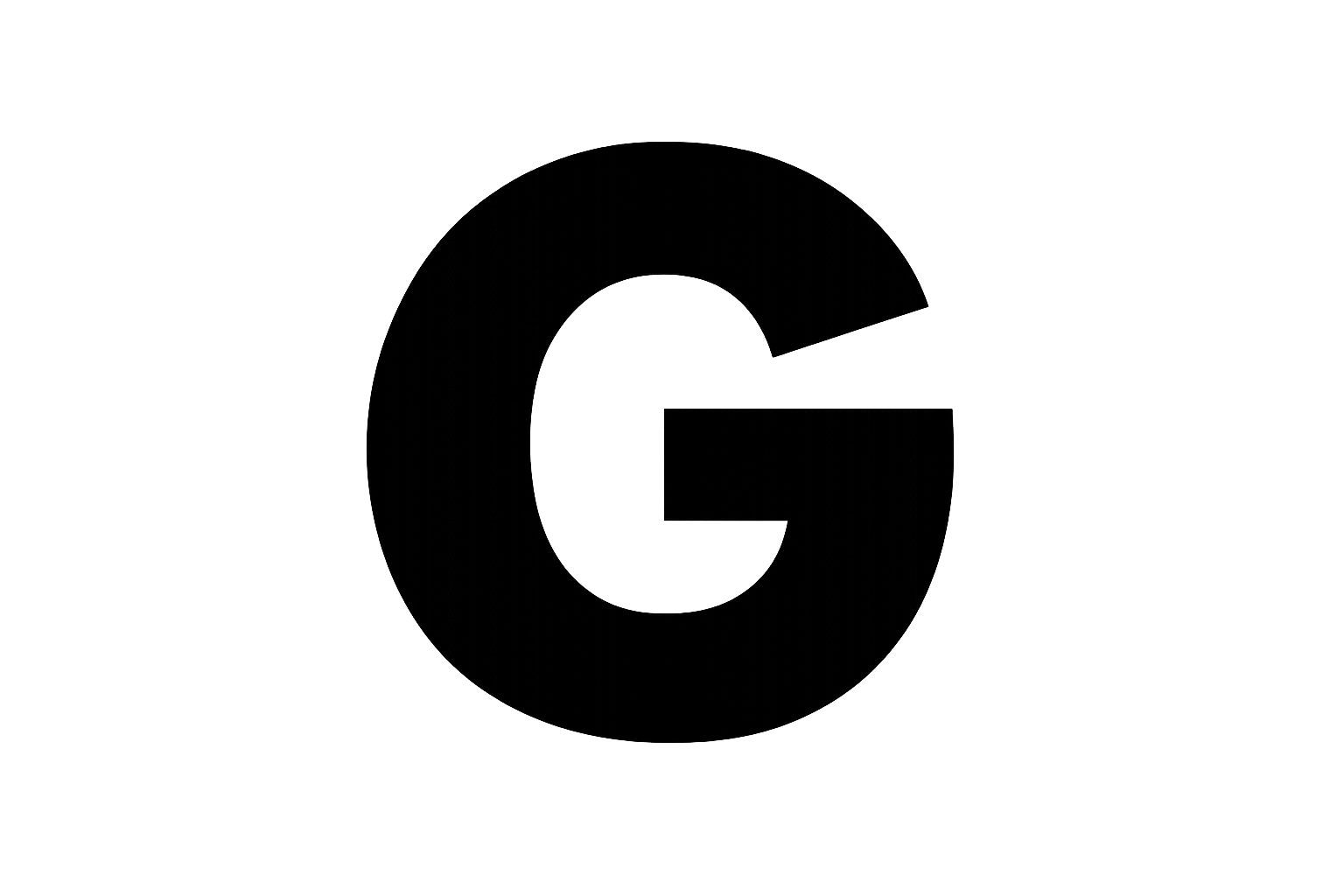 Acne
Acne Anti-Aging
Anti-Aging Business
Business Digital Marketing
Digital Marketing Economics
Economics Movies
Movies Personal Finance
Personal Finance Websites
Websites
